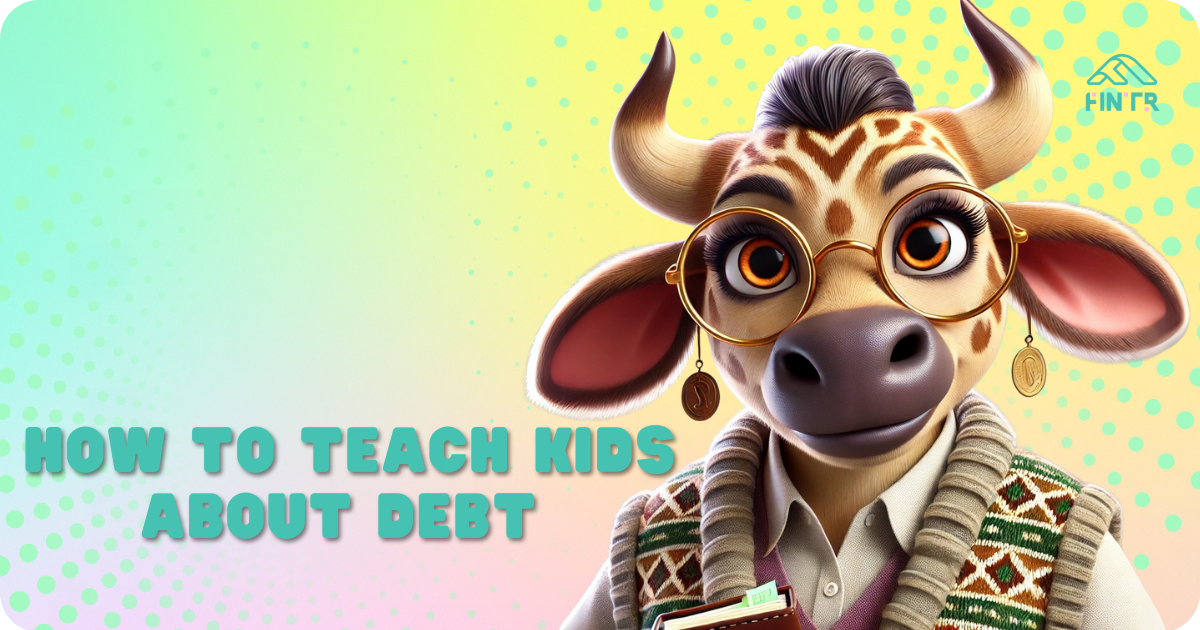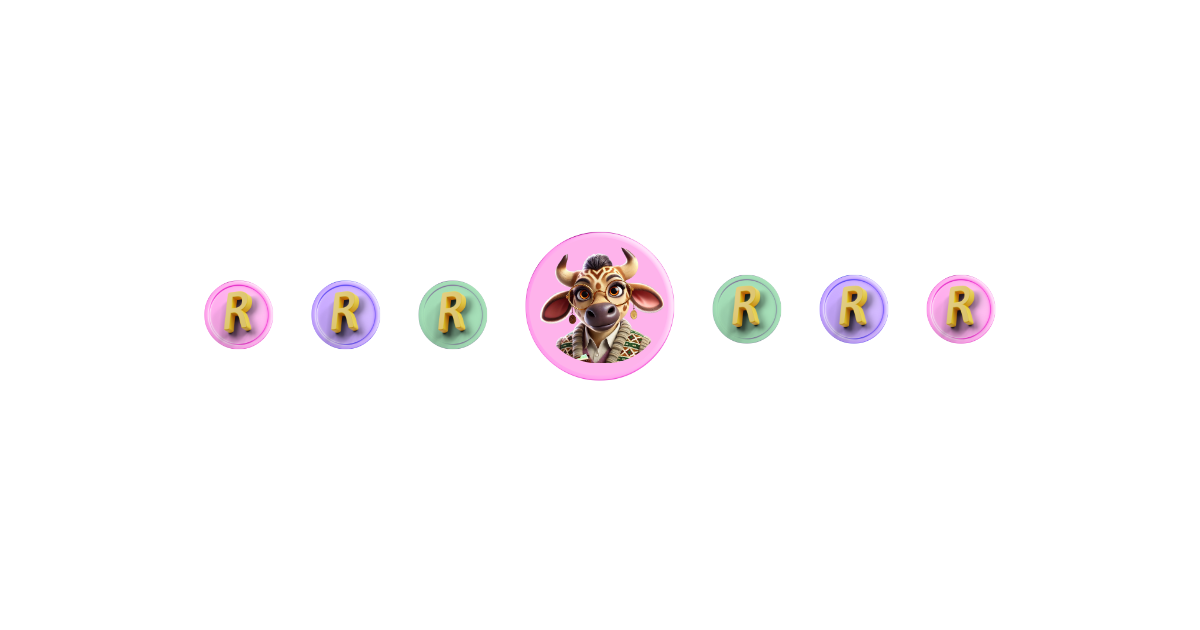

Learn how to teach kids about debt with practical tips, habits, and mindset shifts. Plus, try our free hands-on worksheet to make the lesson stick
The average South African household uses two-thirds of its income to repay various debts.
Meaning, before salaries and wages even make it to the household budget, 66% of that money is already spoken for.
For many families, this isn’t about living lavishly. It’s simply about covering the basics.
Depending on your personal circumstances, debt can feel emotional, empowering, practical, or overwhelming. Some families avoid it altogether. Others use it to build the life they want.
Neither approach is inherently right or wrong.
What matters most is how we talk about debt with our children. Because if they’re going to encounter it one day (and they will), we want them to be prepared, not panicked. Here’s how to start the conversation.
1. A Mindset to Cultivate
Every family has its own philosophy when it comes to debt.
Some only borrow as a last resort. Others are comfortable with “good” debt (borrowing for something meaningful or valuable). The key is letting your child in on your reasoning.
It’s the ideal time to discuss good vs bad debt, paying your bills on time, avoiding high-interest fees, and not going into debt without a plan to pay it back.
These conversations don’t need to be scary. They’re a chance to build trust and understanding.
Takeaway: Start with: “What does debt mean in our house, and why?” It’s a powerful question that invites trust, not fear.
2. A Habit to Form
Every amount you borrow needs a plan to pay it back. That goes for small loans, too.
With our mini millionaires, what matters is how we shape their thinking. Whether you see debt as good, bad, or somewhere in between, it’s important that your child doesn’t grow up thinking of debt as “free money.”
If your child asks to borrow R20 for a treat, try responding with: “When and how will you pay it back?”
It’s a gentle but firm way to build accountability and lay the groundwork for smarter borrowing habits in the future.
Takeaway: Make it normal to ask: “What’s the plan to pay it back?”
Also read: How to teach kids smart spending habits.
3. A Tip to Try
Run a real-world money mission by letting your child borrow a small amount of money, but with one condition: they have to use it to build something.
Maybe it’s R50 to buy ingredients for a bake sale, or to make a batch of slime to sell (yes, that’s still a thing). Then walk them through the terms: how much upfront, how much to repay weekly, and for how long.
This kind of hands-on experience gives them a safer, smaller-scale version of real-world borrowing, with you there to guide them.
Takeaway: Turn debt into a hands-on experience. When kids borrow to build (not just to buy), they learn that smart debt can be a tool, not a trap.
Bonus Read: How to teach kids to track their spending.
Free Download: The Debt Diaries
What happens when your mini millionaire wants to start a business, but doesn’t have the cash to get started?
In our Debt Diaries printable, kids get to explore two options: save up for supplies, or borrow money (and pay it back with a little extra). They’ll run the numbers, compare the outcomes, and decide which one makes the most sense.
All within a safe, real-world-inspired scenario.
It’s a practical, interactive way to teach that debt isn’t “free”, but that sometimes, borrowing can help build something better, if you’ve got a plan.
You might also like reading about how to teach kids the difference between needs and wants.
